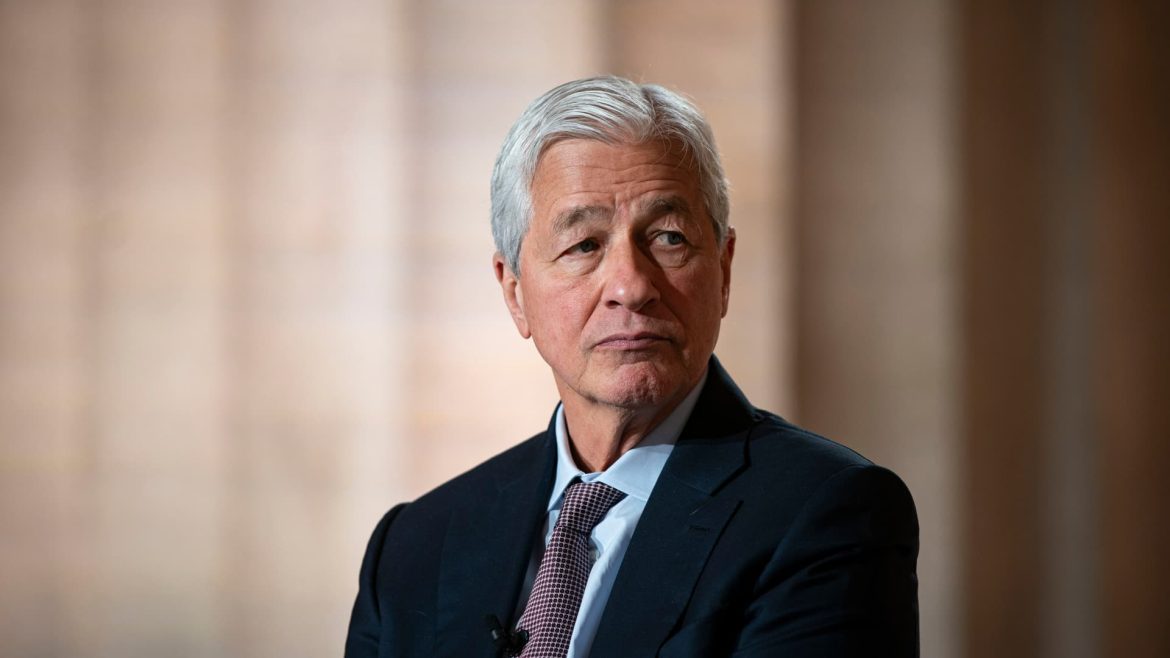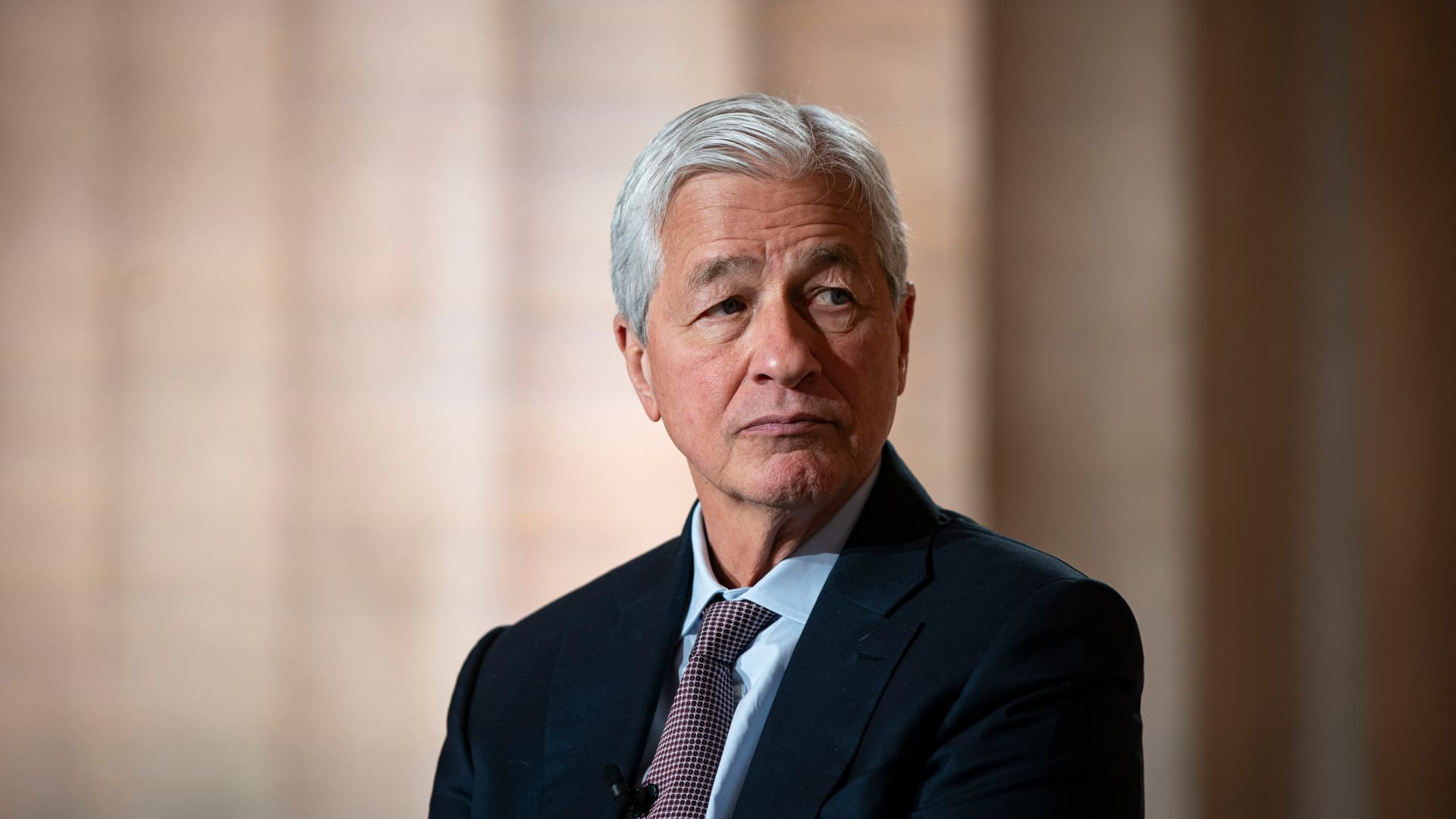JPMorgan Chase’s New Bitcoin Policy: A Study in Contradiction and Market Evolution
The recent announcement by JPMorgan Chase, led by CEO Jamie Dimon, that the bank will now allow its clients to buy Bitcoin, marks a significant and somewhat paradoxical moment for the institution and the broader financial sector. Despite Dimon’s well-documented skepticism toward cryptocurrencies—going as far as calling Bitcoin a “fraud” and threatening to fire employees trading it—JPMorgan is stepping forward to offer clients cryptocurrency investment options, signaling both an adaptation to market demand and a guarded embrace of digital assets.
A Historic Skepticism Meets Inevitable Market Demand
Jamie Dimon’s stance on Bitcoin has been consistently critical over the years. He has famously dismissed Bitcoin as a speculative “fraud,” questioning its intrinsic value and utility. This disdain extended to warning his employees against trading the digital currency, underscoring the bank’s official distance from crypto involvement. Historically, JPMorgan represented Wall Street’s broader skepticism—emblematic of concerns over volatility, regulatory uncertainty, and Bitcoin’s association with illicit activities.
Yet, over time, the momentum behind cryptocurrencies has grown undeniable. Bitcoin’s surge in market value, increasing institutional interest, and the mainstreaming of blockchain technologies have reshaped the landscape. Investors, both retail and institutional, demanded access to crypto assets through trusted financial institutions. JPMorgan’s decision to facilitate Bitcoin purchases for clients, without offering custody services, is an acknowledgment of this demand, reflecting a pragmatic pivot rather than enthusiastic endorsement.
Strategic Shift: Offering Access without Custody
The bank’s approach is cautious and calculated. Allowing clients to buy Bitcoin but declining to provide custody services delineates a clear boundary in JPMorgan’s involvement with cryptocurrencies. Custody of digital assets involves significant regulatory, security, and operational complexities that JPMorgan chooses to avoid at this stage. This middle ground enables the bank to provide exposure to Bitcoin while managing risk and regulatory scrutiny.
This move aligns with a broader trend among traditional financial institutions that have begun to integrate crypto offerings via partnerships with established custodians or investment funds. For instance, JPMorgan reportedly plans to roll out a Bitcoin fund with a third-party custodian, NYDIG, which reduces JPMorgan’s direct exposure and limits potential operational risks.
The Contradiction of Jamie Dimon’s Personal Skepticism and JPMorgan’s Corporate Strategy
Dimon’s personal view remains a curious factor in this story. While the CEO maintains his skepticism—labeling Bitcoin a “pet rock” and expressing doubts about its viability—he supports the bank facilitating client transactions for the asset. This duality highlights the tension between personal belief and fiduciary duty. As leader of a $4 trillion asset manager, Dimon must balance cautious leadership with responsiveness to client interests.
His statements convey that the bank is not betting on Bitcoin itself but acknowledging that clients want access to it. This differentiation is critical; it allows Dimon to preserve his public skepticism while steering JPMorgan into an evolving market environment that demands crypto access, if not full endorsement.
Industry Implications and the Shift in Bank Attitudes Toward Cryptocurrency
JPMorgan’s decision to allow Bitcoin purchases puts it alongside other major financial institutions that have gradually embraced, or at least accommodated, cryptocurrency. This shift illustrates a broader industry recognition of crypto assets not only as speculative instruments but increasingly as components of client portfolios and investment strategies.
The move also reflects a changing regulatory and technological environment that has lessened some barriers to crypto adoption within banking. The launch of approved Bitcoin ETFs and enhanced blockchain infrastructures show the maturation of the asset class, reducing perceived risks and encouraging traditional players to engage.
Risks and Challenges Ahead for JPMorgan and Its Clients
Despite the progress, significant challenges remain. Without custody services, clients must rely on third-party solutions for security and storage, which introduces complexities around trust and risk management. Additionally, volatile price swings and ongoing regulatory debates surrounding cryptocurrencies may affect client outcomes and generate reputational risk.
JPMorgan must navigate these issues carefully, balancing innovation with prudence. Offering Bitcoin access while maintaining a conservative stance allows the bank to test the waters while minimizing liabilities. However, the bank’s continued ambivalence suggests any full embrace of crypto may still be tentative.
Conclusion: A Calculated Embrace Amidst Doubt
JPMorgan Chase’s decision to allow clients to buy Bitcoin, framed by Jamie Dimon’s persistent skepticism, captures a pivotal moment in the intersection of traditional finance and digital assets. It underscores how even staunch critics acknowledge market realities, adapting their strategies to serve client demands without abandoning caution. This nuanced positioning shows a major institution recognizing that cryptocurrencies, while controversial and volatile, are becoming integral to the future financial ecosystem—whether or not it declares itself an outright believer.
As JPMorgan steps cautiously into this new frontier, the development signals a maturing crypto market where pragmatism overshadows ideology, and client access trumps executive reservations. The bank’s approach will likely influence peer institutions balancing the risks and rewards of integrating cryptocurrencies into mainstream finance, making this a critical development to watch in the ongoing crypto evolution.





